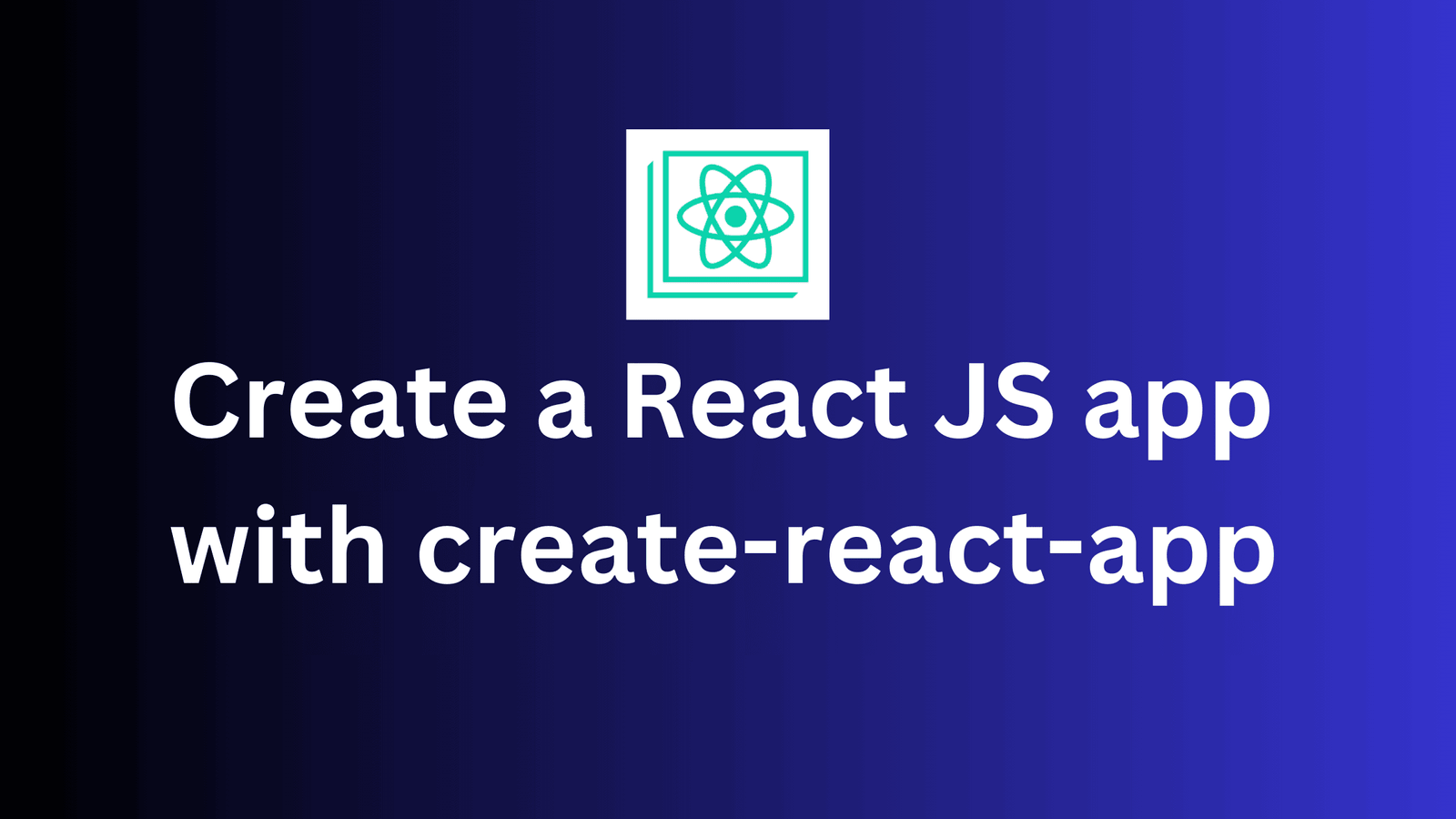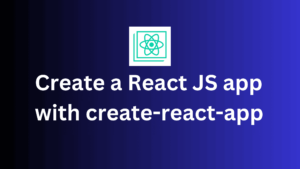React Fundamentals
React has become one of the most popular JavaScript libraries for building user interfaces, known for its efficiency and flexibility. Let’s explore the fundamentals that make React such a powerful tool for web development.
What is React?
- React is a JavaScript library developed by Facebook that enables developers to build user interfaces for web applications.
- It’s used for creating reusable UI components that manage their own state and efficiently update when data changes.
- React follows a component-based architecture, allowing developers to break down the UI into smaller, manageable pieces.
Key Concepts
1. Components
At the core of React are components, which are independent and reusable building blocks for UI elements. Components can be simple, representing a button or a form input, or complex, representing an entire section of a web page.
2. JSX
JSX is a syntax extension for JavaScript that allows developers to write HTML structure in the same file that contains JavaScript code. This syntax makes it easier to create React elements and is transpiled into standard JavaScript.
3. Virtual DOM
React uses a virtual DOM to optimize the performance of updating the actual DOM. When there’s a change in the state of a component, React first updates the virtual DOM, compares it with the previous version, and then selectively updates only the necessary parts of the actual DOM.
4. State and Props
State represents the data that changes within a component, while props (short for properties) are used to pass data from parent to child components. Stateful components manage their own state, while stateless components receive data via props and display it.
5. Lifecycle Methods
React components have lifecycle methods that allow developers to perform actions at different stages of a component’s existence, such as when it’s mounted to the DOM, updated, or unmounted.
6. Unidirectional Data Flow
React follows a unidirectional data flow, where data flows down the component hierarchy. This means that changes to the child components do not affect their parents directly, promoting better predictability and maintainability.
7. React Hooks
Introduced in React 16.8, hooks are functions that allow functional components to use state, lifecycle methods, and other React features without writing a class. They enable functional components to manage state and have side effects, simplifying and enhancing the reusability of components.
Basic Workflow
1. Setup: To begin using React, developers can create a new project using tools like Create React App or set up React manually by including the necessary scripts.
2. Component Creation: Develop components by writing JSX code, organizing them into a component tree, and ensuring each component has its own purpose and responsibility.
3. State Management: Determine which components need to manage their own state and implement state using the useState hook (for functional components) or by extending the React.Component class (for class components).
4. Rendering: Use the ReactDOM.render() method to render the root component into the DOM. This typically happens once at the start of the application.
5. Handling Events: React provides event handling similar to standard HTML elements. Developers can define event handlers inline within JSX.
6. Updating UI: When the state or props of a component change, React automatically re-renders the affected parts of the UI, ensuring a smooth and efficient update process.
Benefits of React
- Reusable Components: Encourages reusability and modularity of code through component-based architecture.
- Virtual DOM: Optimizes performance by reducing direct manipulation of the actual DOM.
- Declarative Syntax: Offers a simpler way to write components using JSX, making the code more readable and maintainable.
- Active Community: Has a vast community and ecosystem with numerous libraries and resources available for developers.
Conclusion
React’s popularity continues to grow due to its simplicity, efficiency, and ability to handle complex UIs effectively. Its component-based architecture and focus on reusability make it a preferred choice for building modern web applications.












